Home>Gardening & Outdoor>Outdoor Entertaining>What To Use For A Fire Pit
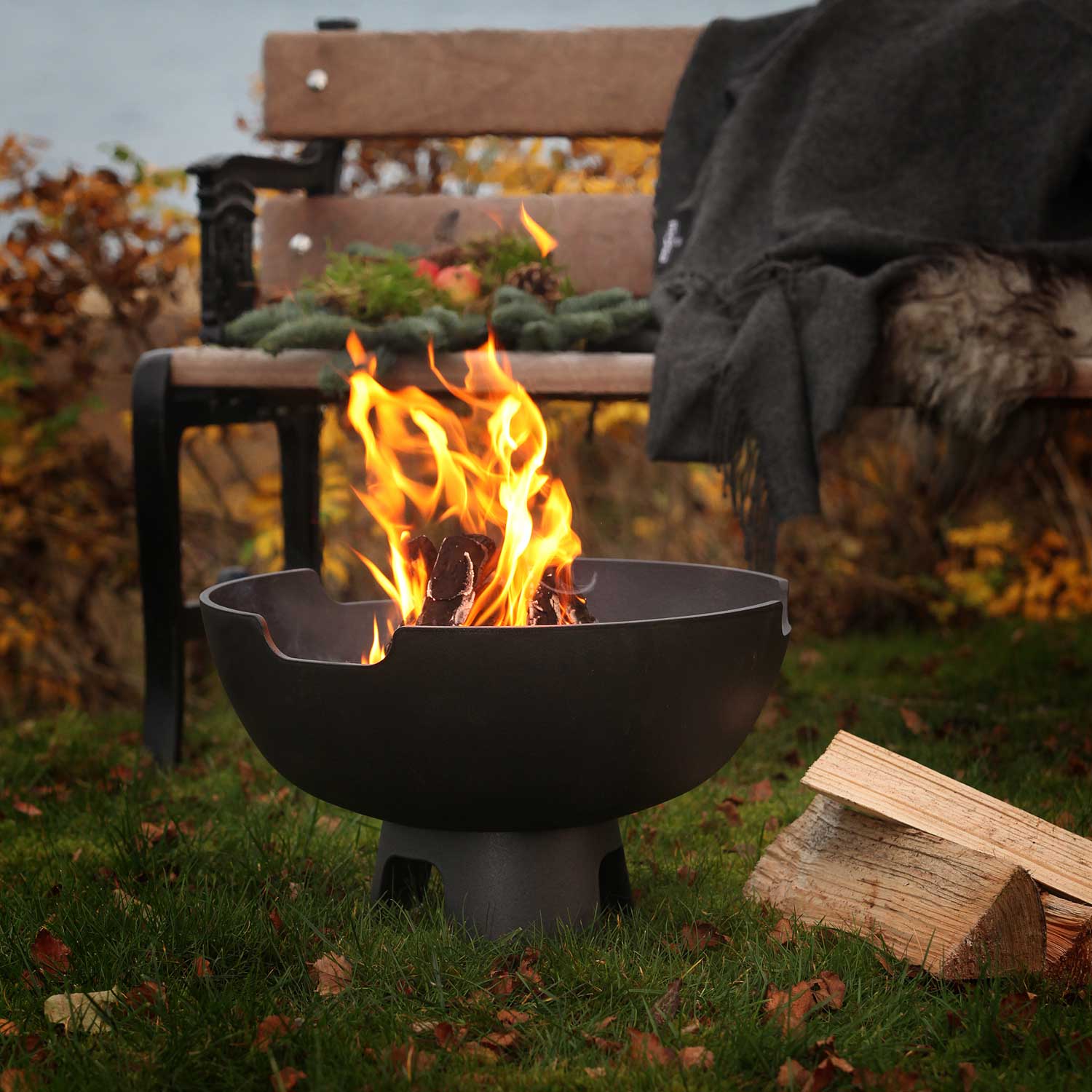

Outdoor Entertaining
What To Use For A Fire Pit
Modified: August 28, 2024
Discover the best outdoor entertaining options with our guide on what to use for a fire pit. Create the perfect ambiance for your gatherings.
(Many of the links in this article redirect to a specific reviewed product. Your purchase of these products through affiliate links helps to generate commission for Storables.com, at no extra cost. Learn more)
Introduction
Outdoor entertaining is a cherished pastime for many, and a fire pit can serve as the heart of these gatherings. Whether it's a cozy evening with family or a lively get-together with friends, a fire pit adds warmth, ambiance, and a focal point for relaxation and conversation. When it comes to choosing the right fuel for your fire pit, there are several options to consider, each with its own unique characteristics and benefits. From the crackling charm of a wood fire to the convenience of propane and natural gas, the choice ultimately depends on your preferences, practicality, and the atmosphere you wish to create. Let's explore the various fuel options for fire pits, so you can make an informed decision that aligns with your outdoor entertaining needs.
Key Takeaways:
- Wood, propane, natural gas, gel fuel, and charcoal are all great options for fire pits, each offering unique benefits. Consider your preferences and outdoor needs to choose the perfect fuel for a cozy and inviting ambiance.
- Whether you want the crackling charm of a wood fire, the convenience of propane, or the portability of gel fuel, the right fire pit fuel can enhance your outdoor gatherings and create lasting memories. Choose wisely for a warm and inviting atmosphere.
Read more: What Is A Fire Pit Used For
Wood
There’s something undeniably enchanting about the dancing flames and the earthy aroma of a wood-burning fire pit. The crackling of the wood and the mesmerizing glow create a rustic and inviting atmosphere, perfect for gatherings under the open sky. When choosing wood for your fire pit, hardwoods like oak, maple, and hickory are excellent choices, as they burn more slowly and produce long-lasting, robust flames. Softwoods such as pine and cedar ignite more quickly but tend to burn faster, making them suitable for kindling or blending with hardwood for a balance of quick ignition and sustained burn.
One of the joys of using wood as a fuel for your fire pit is the sensory experience it provides. The sounds, scents, and visual allure of a wood fire contribute to a primal connection with nature, making it an ideal choice for those seeking an authentic outdoor ambiance. Additionally, wood-burning fire pits offer the flexibility to experiment with various types of wood, allowing you to tailor the aroma and crackle to your preference.
However, it’s important to consider the maintenance and cleanup involved with wood-burning fire pits. Regularly removing ash and disposing of the remnants of burnt wood is essential to keep the fire pit in optimal condition. Furthermore, sourcing and storing wood may require additional effort and space, particularly for those living in urban areas.
Despite these considerations, the allure of a wood-burning fire pit lies in its timeless appeal and the primal connection it fosters with the elements. The radiant warmth and captivating display of a wood fire create an inviting ambiance that is hard to replicate with other fuel options.
Propane
For those seeking a convenient and controllable fire pit fuel option, propane presents an attractive choice. Propane fire pits offer the advantage of instant ignition and adjustable flame settings, allowing users to effortlessly regulate the intensity of the fire with a simple turn of a knob. This level of control makes propane fire pits well-suited for outdoor entertaining scenarios where quick and easy operation is valued.
One of the key benefits of propane as a fire pit fuel is its cleanliness and convenience. Unlike wood, propane does not produce ash, embers, or lingering smoke, minimizing post-gathering cleanup and maintenance. This makes it an appealing option for individuals who prioritize hassle-free enjoyment of their outdoor spaces.
Furthermore, propane fire pits eliminate the need for storing and handling firewood, making them an excellent choice for those with limited storage space or concerns about wood procurement. The absence of wood also means that propane fire pits are less susceptible to the presence of insects and critters that may be attracted to stored firewood.
While propane fire pits offer undeniable convenience and ease of use, some may argue that they lack the traditional ambiance and sensory experience associated with wood-burning fire pits. The absence of crackling wood and the distinct aroma of burning logs may detract from the rustic charm that wood fires provide. However, advancements in design have led to the development of propane fire pit models that incorporate features to mimic the visual appeal of a wood fire, such as realistic ceramic logs and ember beds.
Ultimately, the choice of propane as a fire pit fuel aligns with a preference for simplicity, cleanliness, and on-demand ignition. Its versatility and ease of operation make it an appealing option for those who value convenience without compromising the ambiance of their outdoor entertaining space.
Natural Gas
When it comes to a consistent and readily available fuel source for fire pits, natural gas stands out as a dependable and convenient option. Many outdoor entertaining enthusiasts opt for natural gas fire pits due to the ease of use and the uninterrupted fuel supply provided by a direct connection to a natural gas line. This eliminates the need for refilling fuel tanks or restocking firewood, offering a seamless and continuous source of warmth and ambiance for gatherings.
The convenience of natural gas fire pits extends to their ignition process, as they can be effortlessly started with the push of a button or the turn of a switch. This instantaneous ignition, combined with the ability to adjust flame intensity, provides users with precise control over the fire, catering to varying preferences and outdoor conditions.
Additionally, natural gas fire pits are lauded for their eco-friendly attributes. Burning natural gas produces minimal emissions and particulate matter, contributing to a cleaner outdoor environment compared to wood-burning fire pits. This makes natural gas an appealing choice for individuals who prioritize sustainability and environmental consciousness in their outdoor entertaining practices.
While natural gas fire pits offer unparalleled convenience and environmental friendliness, it’s important to note that their installation typically requires professional expertise to ensure safe and proper connection to a natural gas line. This may involve initial setup costs and considerations regarding the placement of the fire pit in relation to the gas line access point. However, once installed, natural gas fire pits provide a reliable and low-maintenance outdoor heating solution.
Ultimately, the choice of natural gas as a fire pit fuel appeals to those seeking a hassle-free and continuous heat source for their outdoor gatherings. Its convenience, environmental considerations, and uninterrupted fuel supply make it an attractive option for individuals who prioritize ease of use and sustainability in their outdoor entertaining spaces.
When choosing what to use for a fire pit, consider using fire-resistant materials such as stone, brick, or metal. Avoid using flammable materials like wood or plastic. Always follow local fire regulations and guidelines.
Gel Fuel
For outdoor entertaining enthusiasts seeking a portable and versatile fire pit fuel option, gel fuel presents an intriguing choice. Gel fuel, typically composed of isopropyl alcohol, offers the advantage of clean and odorless burning, making it well-suited for use in various outdoor settings without the need for a dedicated fuel line or storage space for traditional fuels such as wood or propane.
One of the primary appeals of gel fuel is its portability and ease of use. Gel fuel can be conveniently stored and transported, allowing for flexibility in setting up temporary fire pits for gatherings in different outdoor locations, such as campsites, beaches, or backyard patios. This mobility makes gel fuel an appealing option for individuals who enjoy outdoor entertaining in diverse settings and value the ability to create a cozy ambiance wherever they go.
Furthermore, gel fuel fire pits are known for their simplicity and clean-burning nature. The absence of smoke and ash makes them an attractive choice for those who prioritize a hassle-free and low-maintenance outdoor heating solution. Additionally, the ease of ignition and the absence of lingering odors contribute to a pleasant and user-friendly fire pit experience.
It’s important to note that while gel fuel offers portability and convenience, it may not provide the same level of sustained heat and flame intensity as other fuel options such as wood or propane. The relatively contained and controlled nature of gel fuel fires makes them suitable for creating ambient lighting and moderate warmth, rather than generating robust heat for extended outdoor gatherings in colder climates.
Ultimately, the choice of gel fuel as a fire pit fuel aligns with a preference for portability, simplicity, and minimal maintenance. Its clean-burning nature and ease of transport make it an appealing option for individuals who value versatility and convenience in their outdoor entertaining experiences.
Read more: What Gravel To Use For A Fire Pit
Charcoal
Charcoal, known for its use in grilling and barbecuing, also serves as a distinctive and flavorful fuel option for fire pits. When used in a fire pit, charcoal infuses the surrounding air with a rich, smoky aroma, adding a layer of sensory appeal to outdoor gatherings. The allure of charcoal as a fire pit fuel lies in its ability to impart a distinct flavor and scent, creating an immersive and engaging ambiance for socializing and relaxation.
One of the key advantages of using charcoal in a fire pit is its ability to generate intense and sustained heat, making it well-suited for outdoor entertaining in cooler climates or during brisk evenings. The steady warmth emanating from a charcoal fire pit contributes to a cozy and inviting atmosphere, encouraging extended enjoyment of outdoor spaces even when the temperatures dip.
Furthermore, charcoal fire pits provide an interactive and engaging experience for individuals who enjoy the process of tending to a fire. The act of arranging and lighting charcoal, as well as tending to the flames, adds an element of hands-on enjoyment to outdoor gatherings, fostering a sense of connection with the fire and the surrounding environment.
It’s important to consider the maintenance and cleanup involved with charcoal fire pits, as they require the disposal of ash and remnants of burnt charcoal. Additionally, the storage and handling of charcoal may pose logistical considerations, particularly for individuals with limited outdoor space or those residing in urban settings.
While charcoal fire pits offer a unique sensory experience and robust heat output, they may not be suitable for all outdoor entertaining scenarios due to the effort involved in maintaining and tending to the fire. However, for those seeking an immersive and flavor-enhancing ambiance for their gatherings, charcoal presents an enticing and distinctive fuel option for fire pits.
Conclusion
Choosing the right fuel for your fire pit is a decision that hinges on a combination of practical considerations and the ambiance you wish to create in your outdoor entertaining space. Each fuel option, whether it’s the traditional charm of wood, the convenience of propane and natural gas, the portability of gel fuel, or the flavor-enhancing qualities of charcoal, offers unique attributes that cater to diverse preferences and outdoor scenarios.
When selecting a fuel for your fire pit, it’s essential to consider factors such as ease of use, maintenance requirements, environmental impact, and the overall experience you aim to cultivate for your gatherings. Wood-burning fire pits provide a timeless and sensory-rich ambiance, while propane and natural gas offer unparalleled convenience and control. Gel fuel presents a portable and hassle-free option, and charcoal infuses outdoor spaces with a distinct aroma and robust heat.
Ultimately, the ideal fuel for your fire pit aligns with your individual preferences, lifestyle, and the atmosphere you envision for your outdoor entertaining experiences. Whether it’s the crackle of a wood fire, the convenience of adjustable flames, or the portability of gel fuel, the choice of fire pit fuel contributes to the overall charm and allure of outdoor gatherings, creating memorable moments and fostering a sense of warmth and connection with nature.
By understanding the unique characteristics of each fuel option and considering how they complement your outdoor entertaining needs, you can make an informed decision that enhances the ambiance and enjoyment of your outdoor spaces, making them inviting and captivating settings for socializing, relaxation, and creating lasting memories.
Frequently Asked Questions about What To Use For A Fire Pit
Was this page helpful?
At Storables.com, we guarantee accurate and reliable information. Our content, validated by Expert Board Contributors, is crafted following stringent Editorial Policies. We're committed to providing you with well-researched, expert-backed insights for all your informational needs.
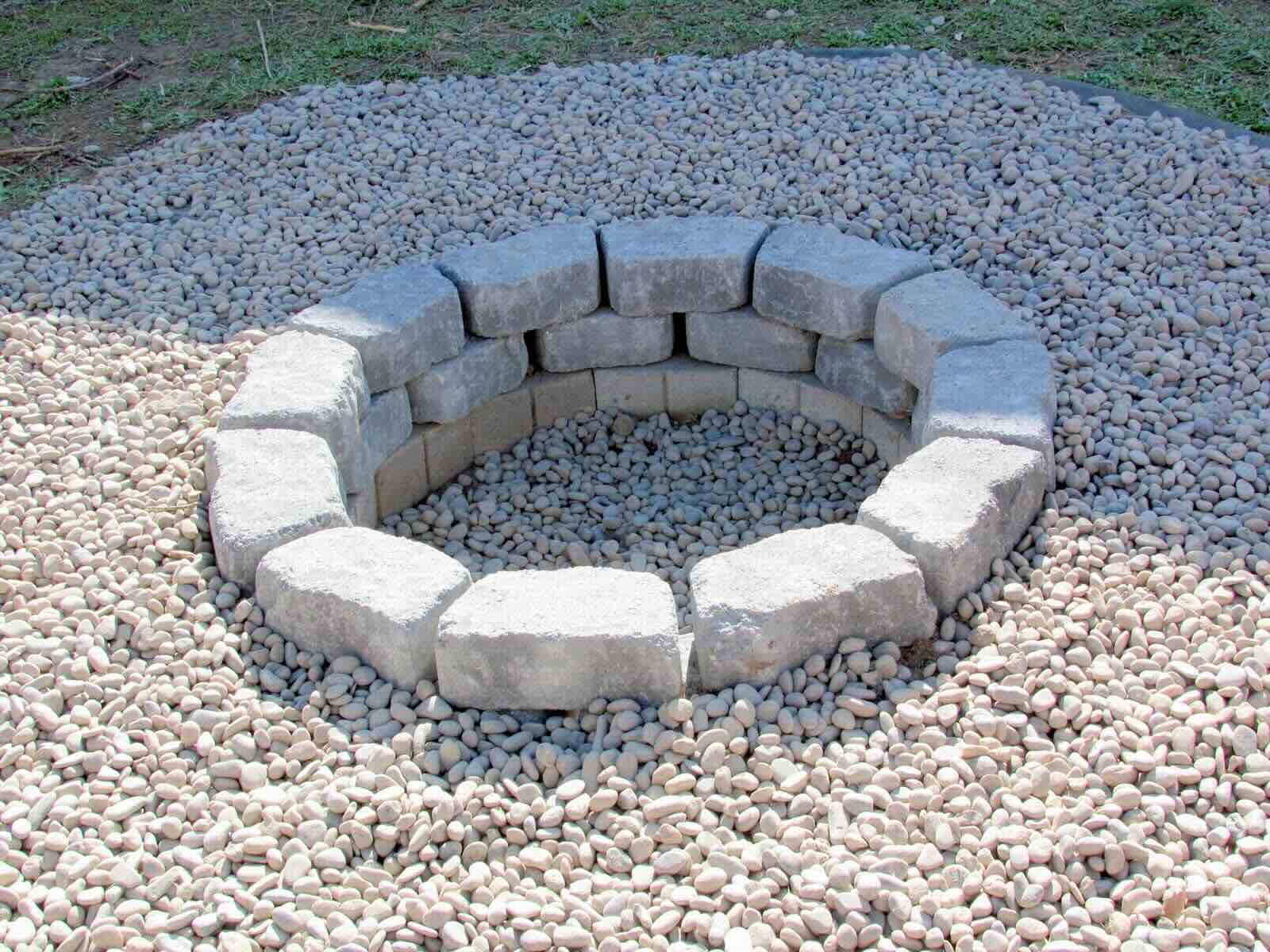
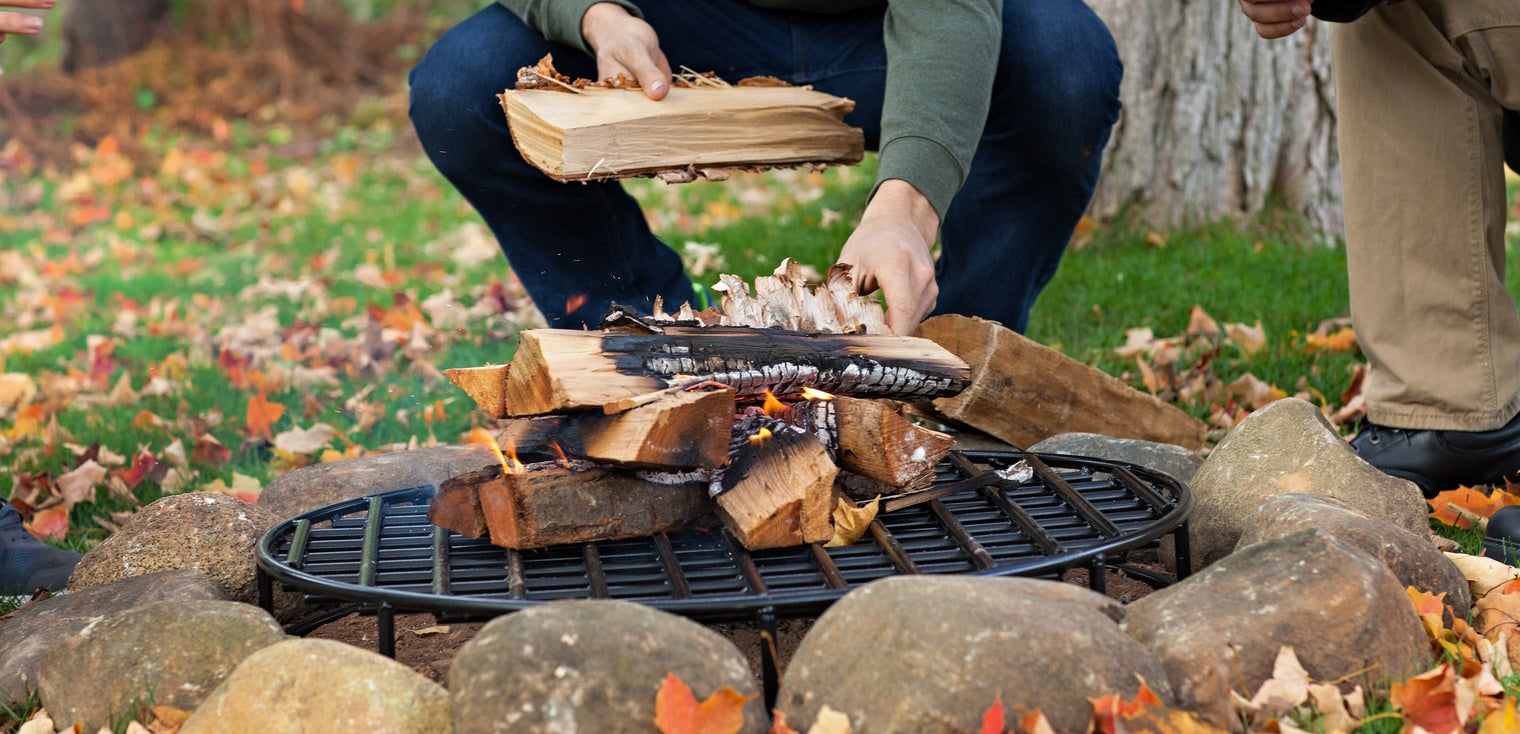
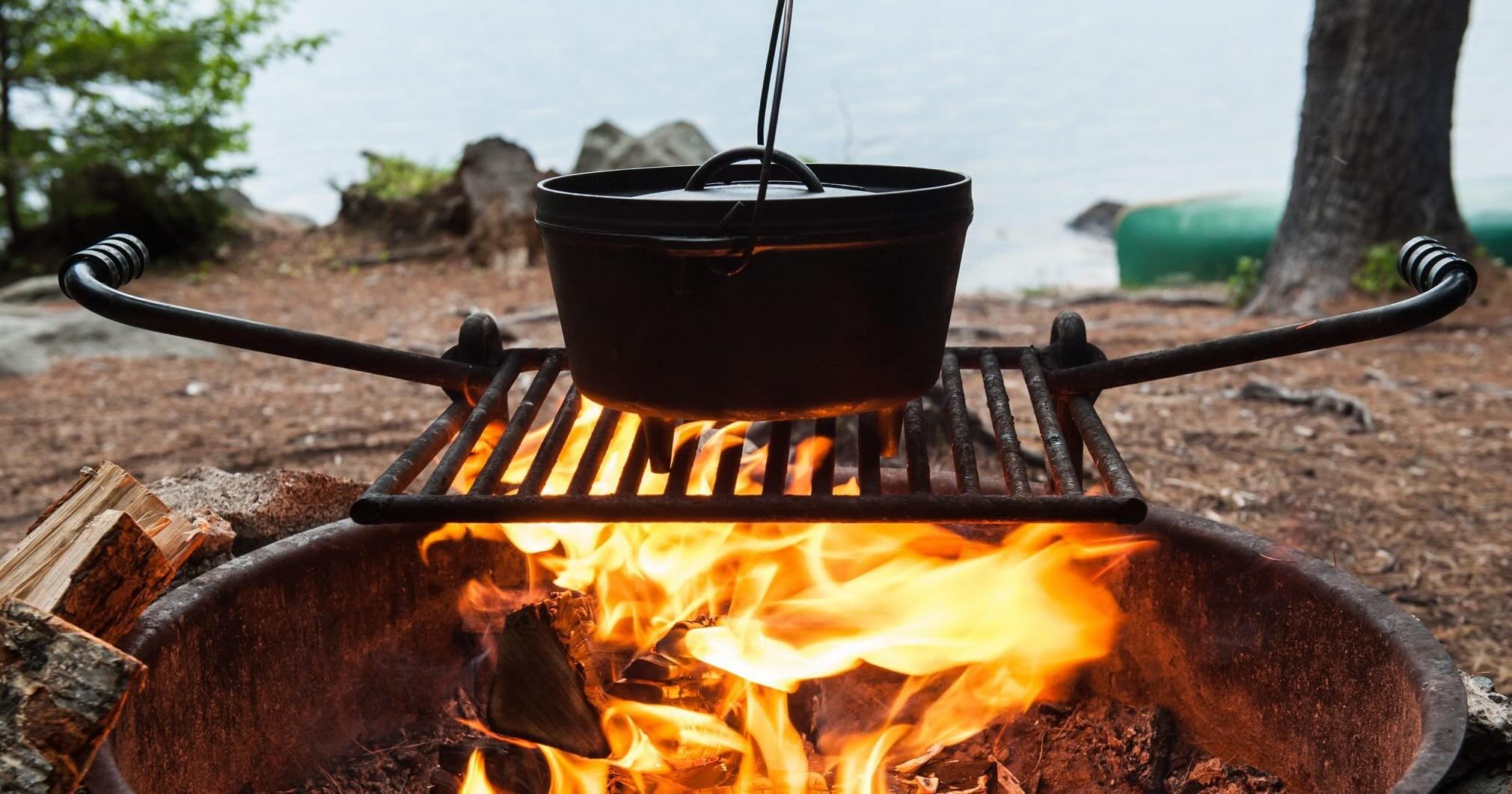
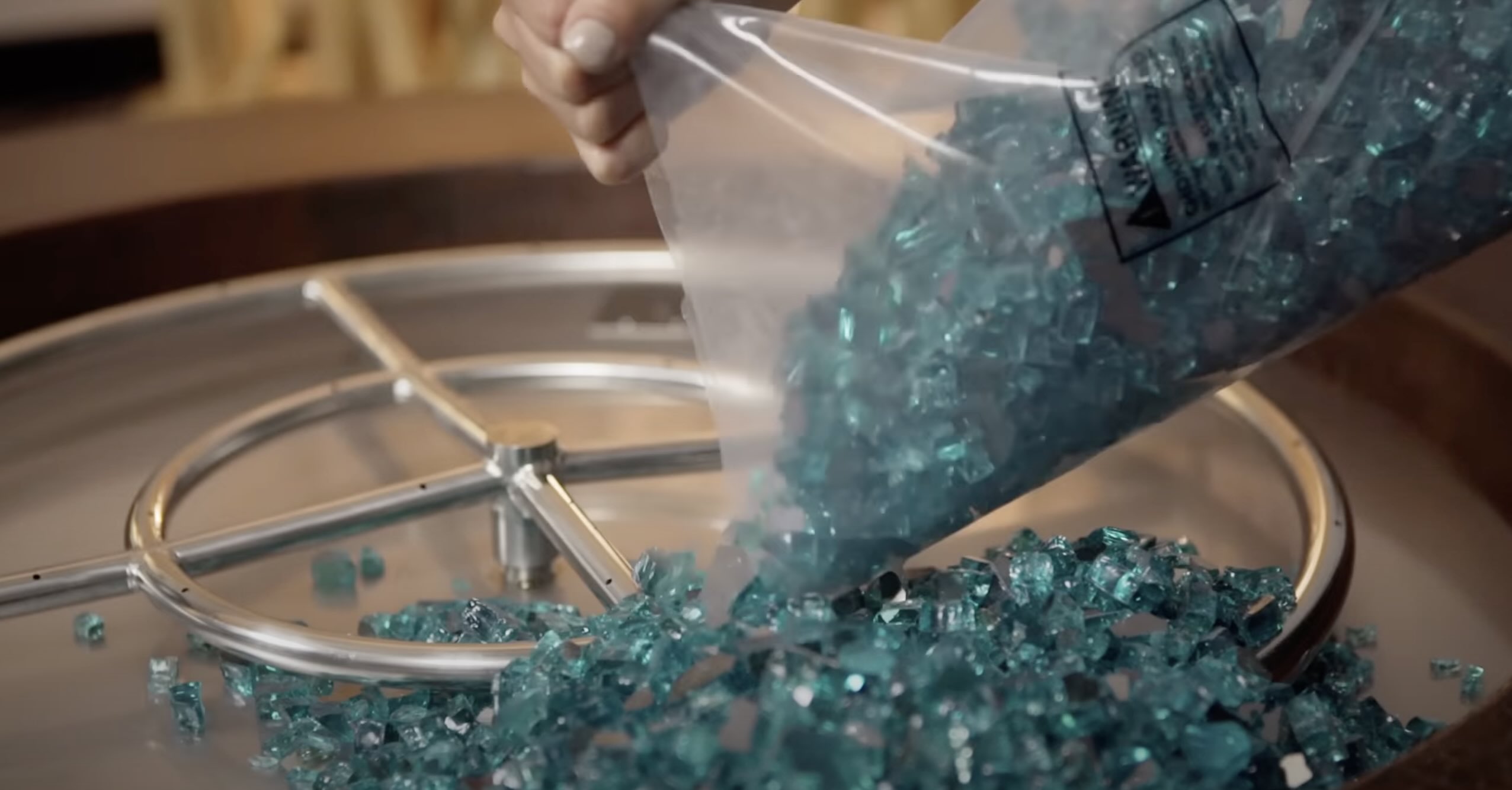
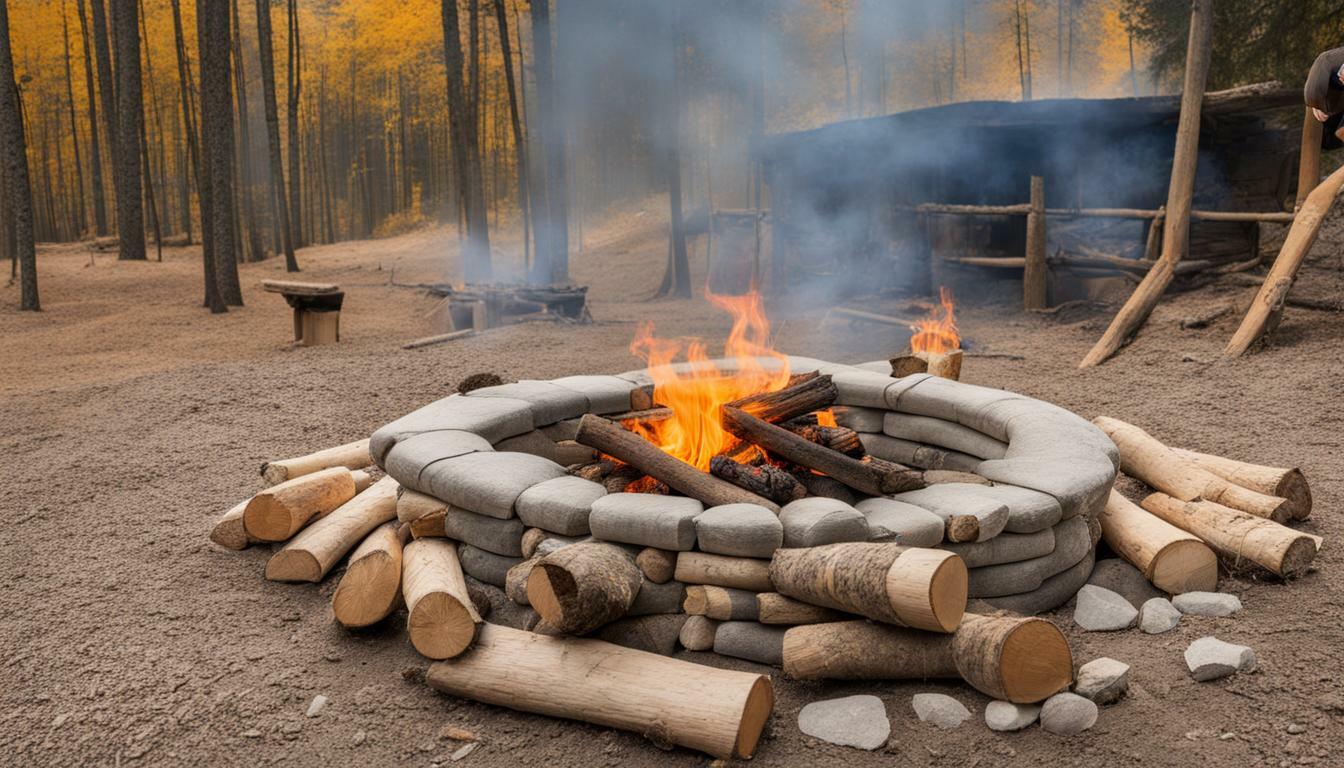

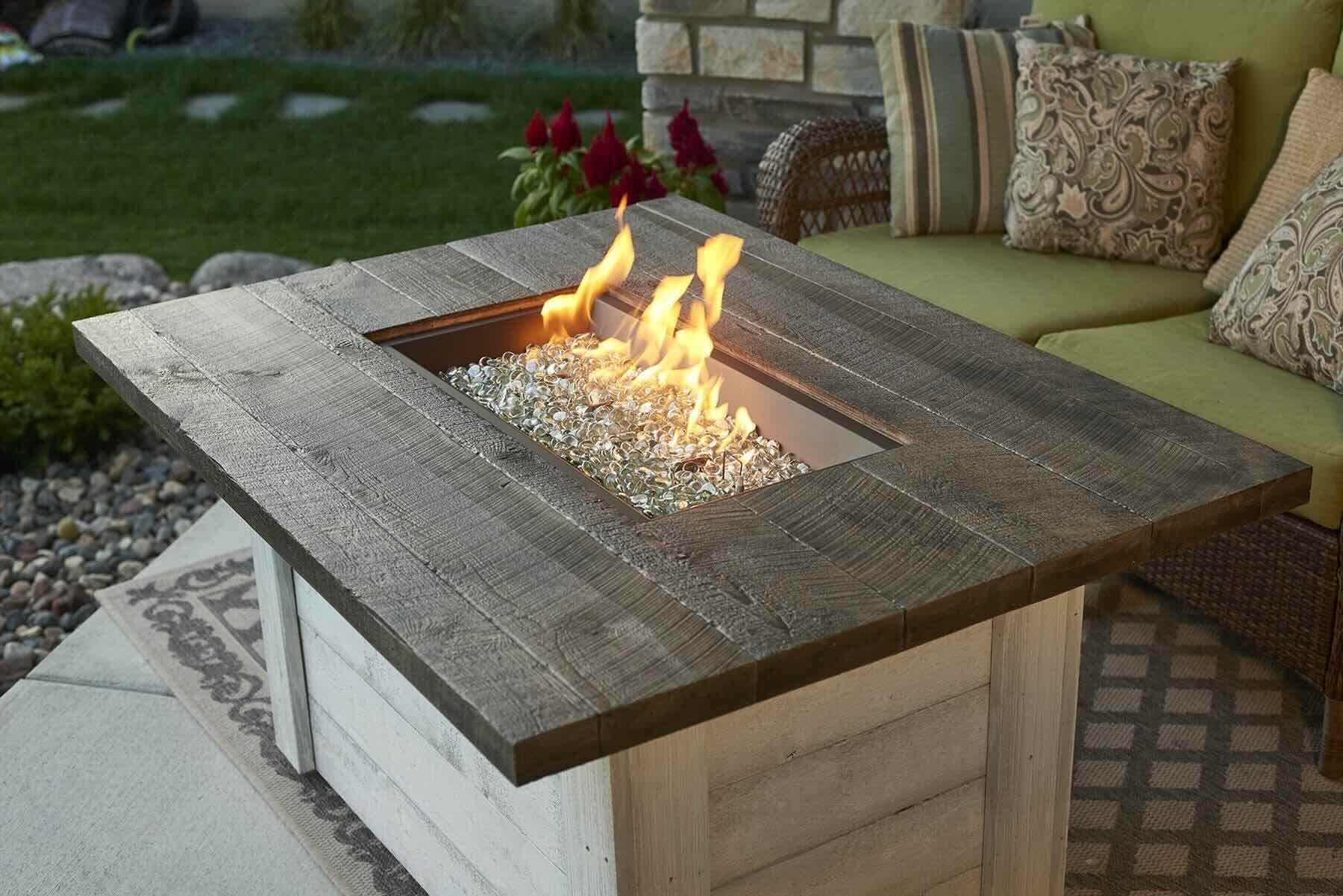
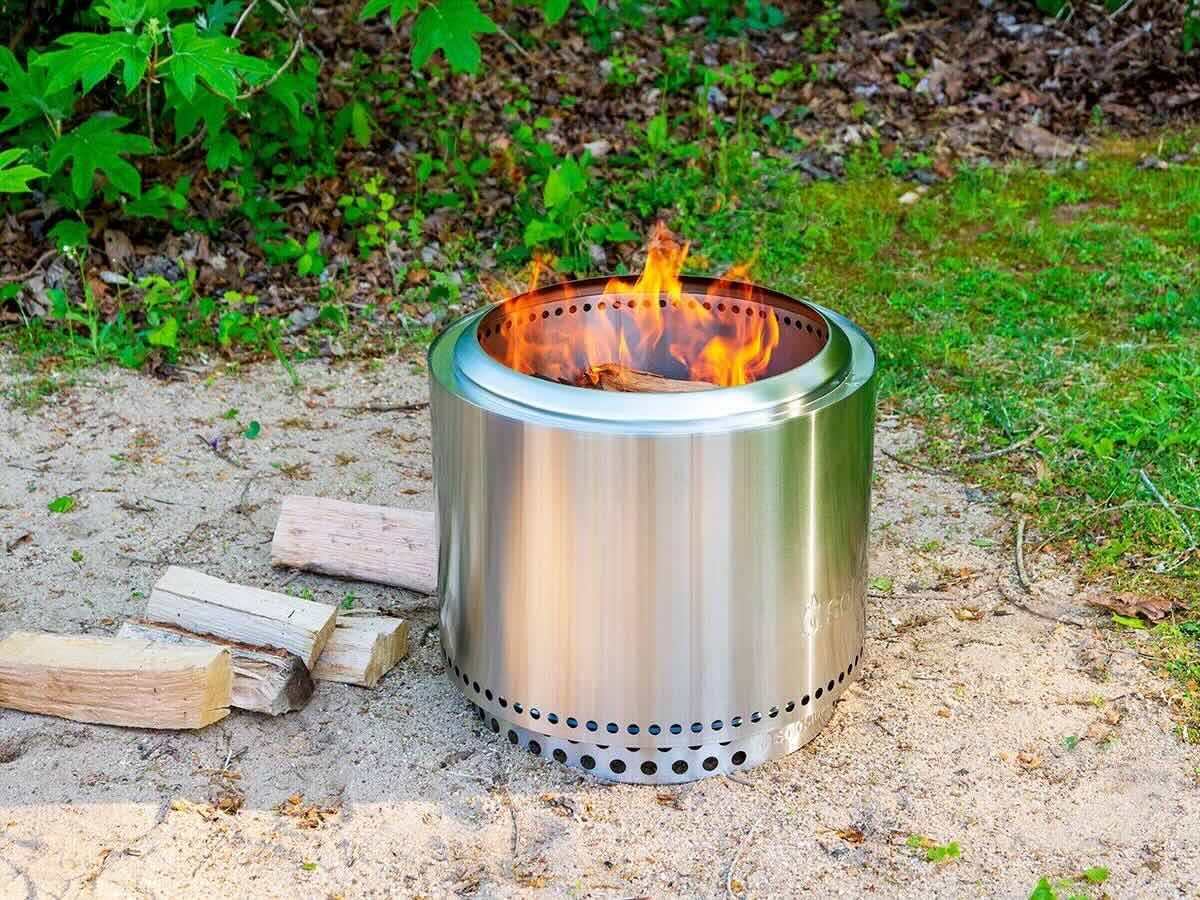
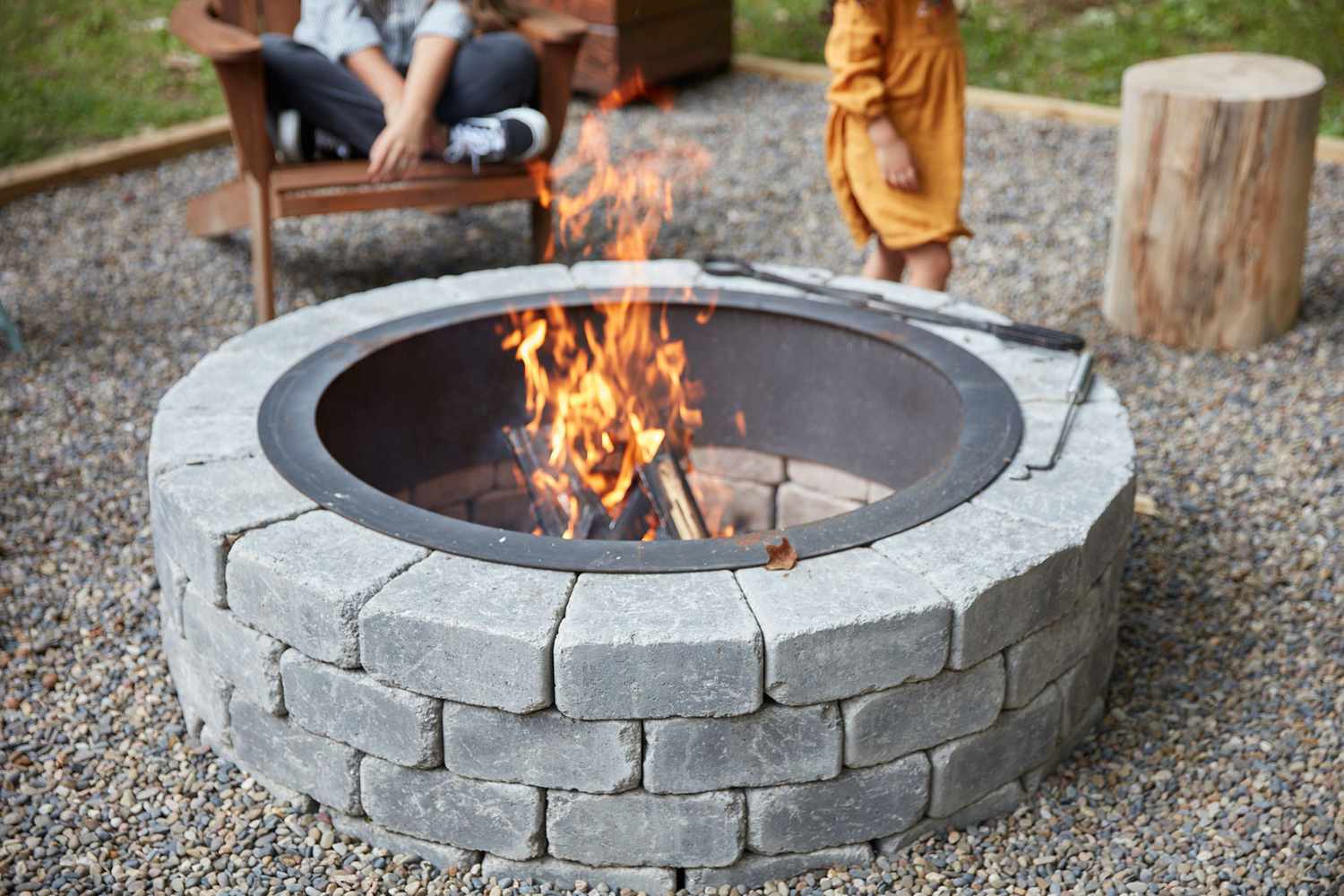
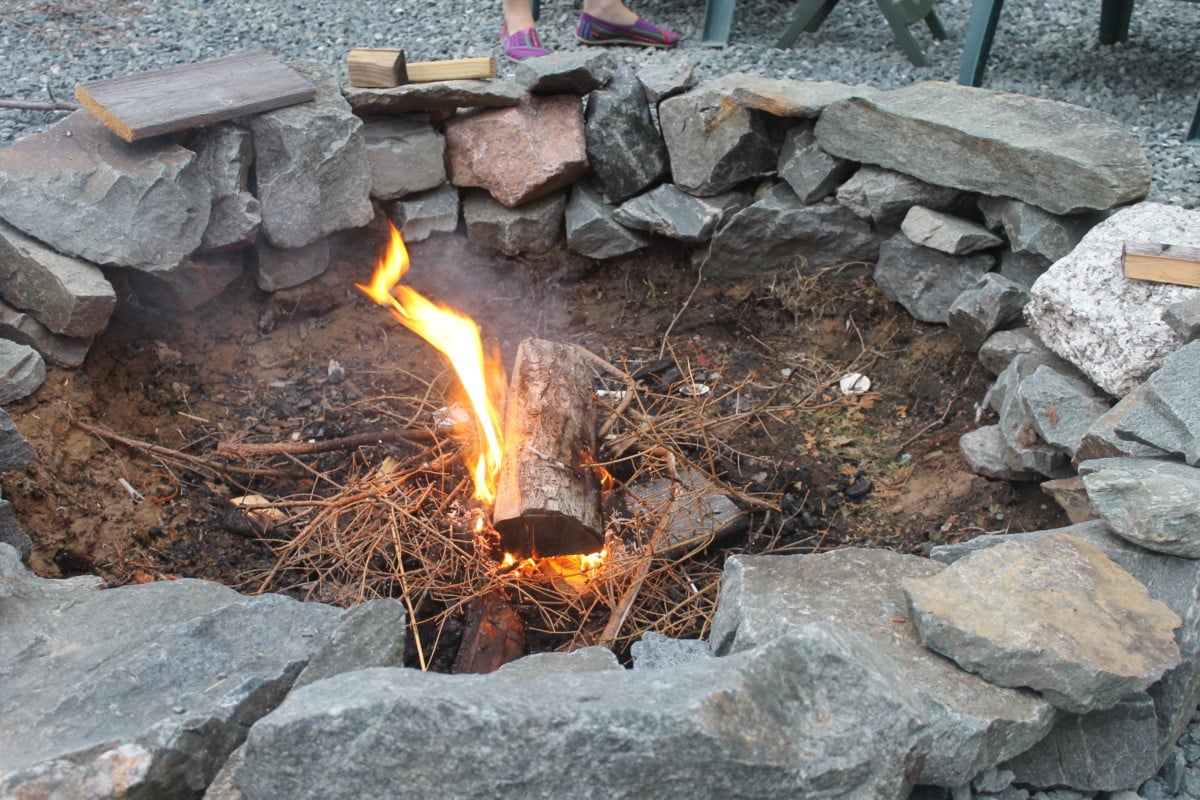
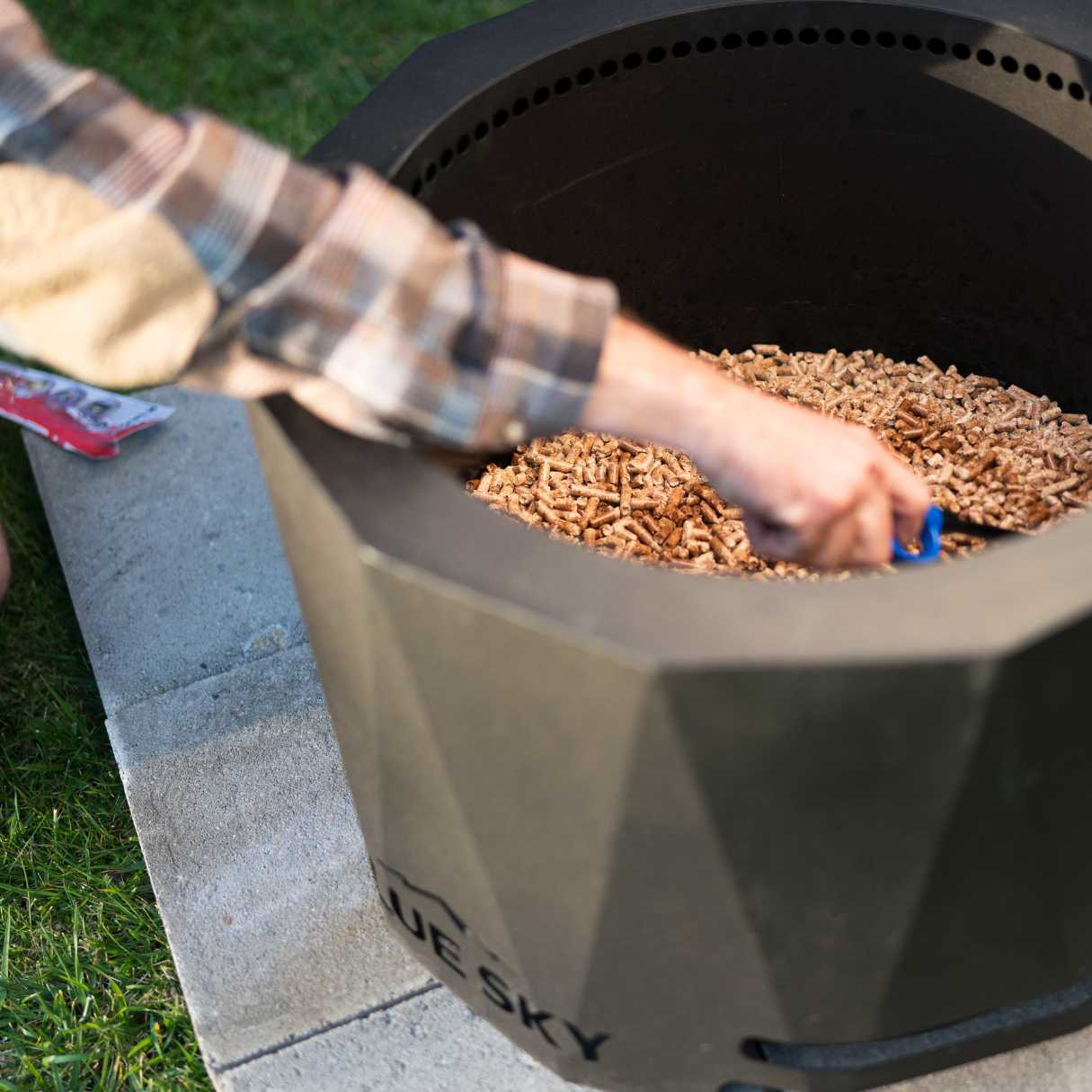
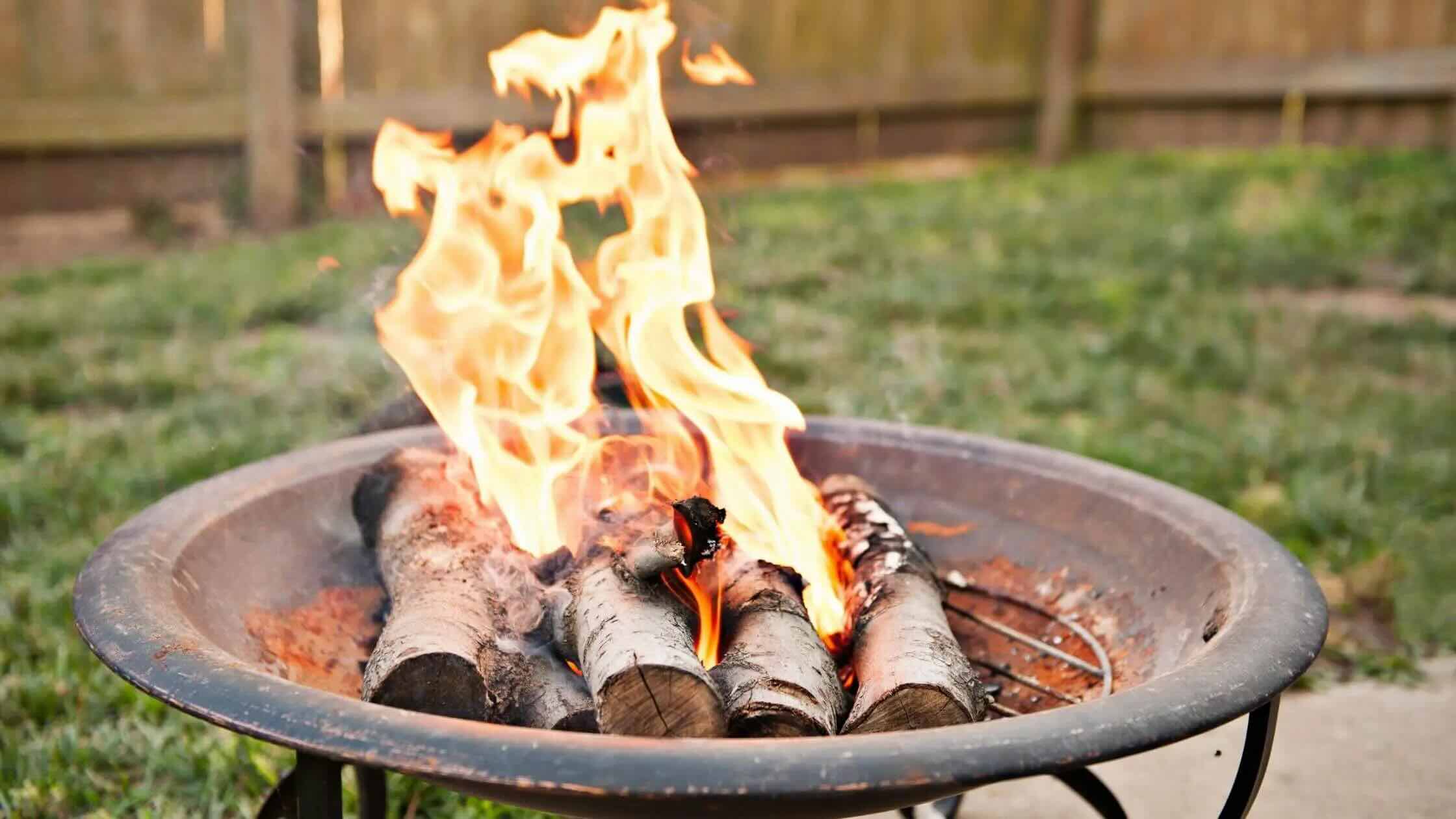
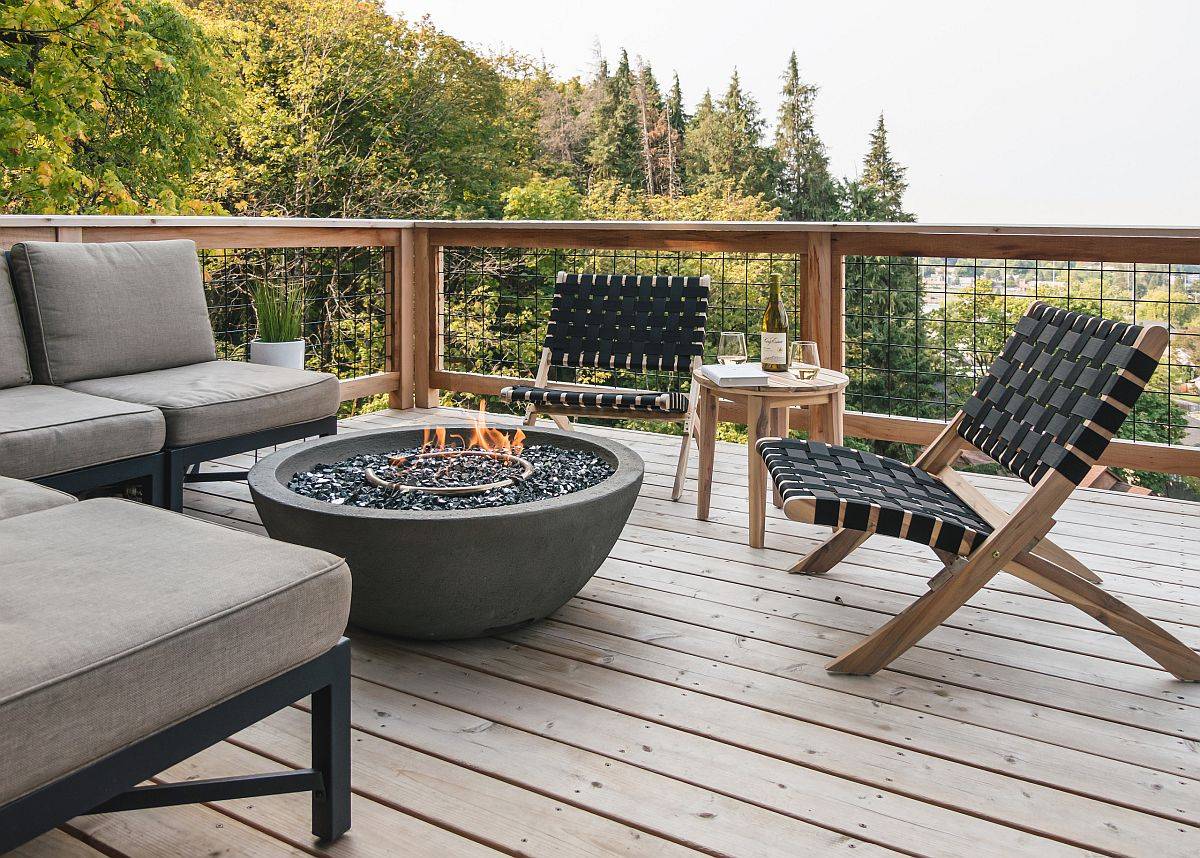
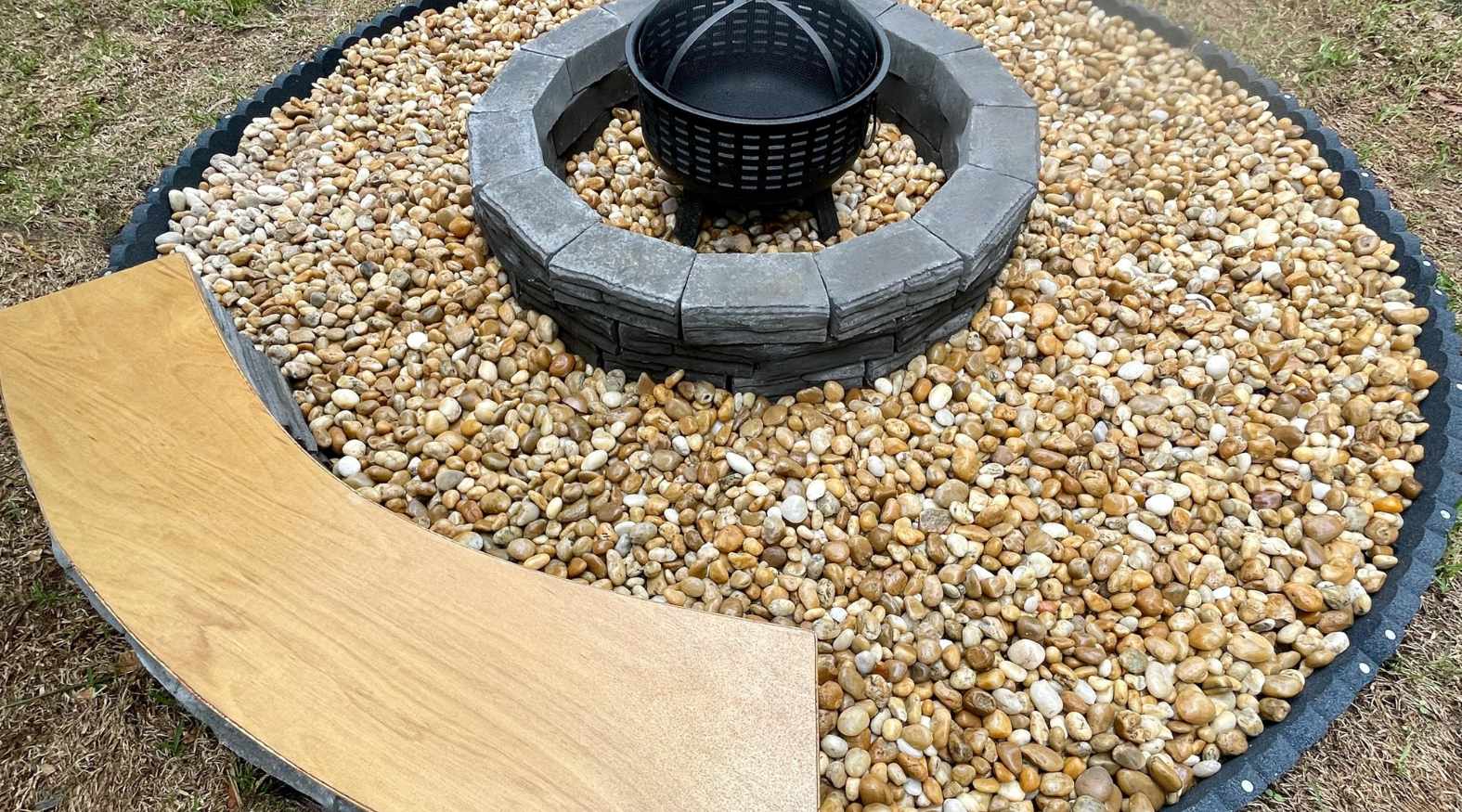

0 thoughts on “What To Use For A Fire Pit”